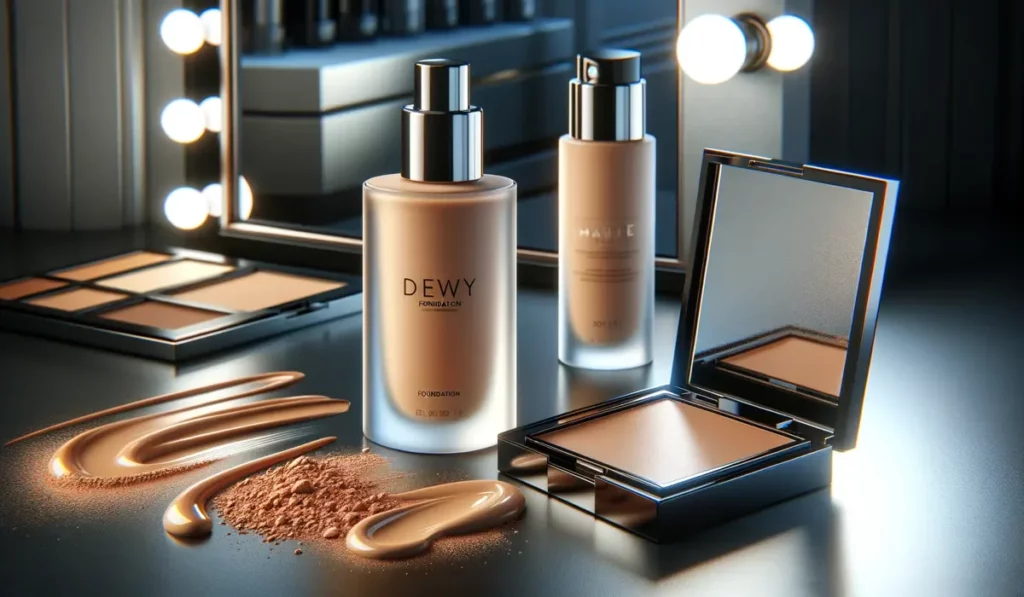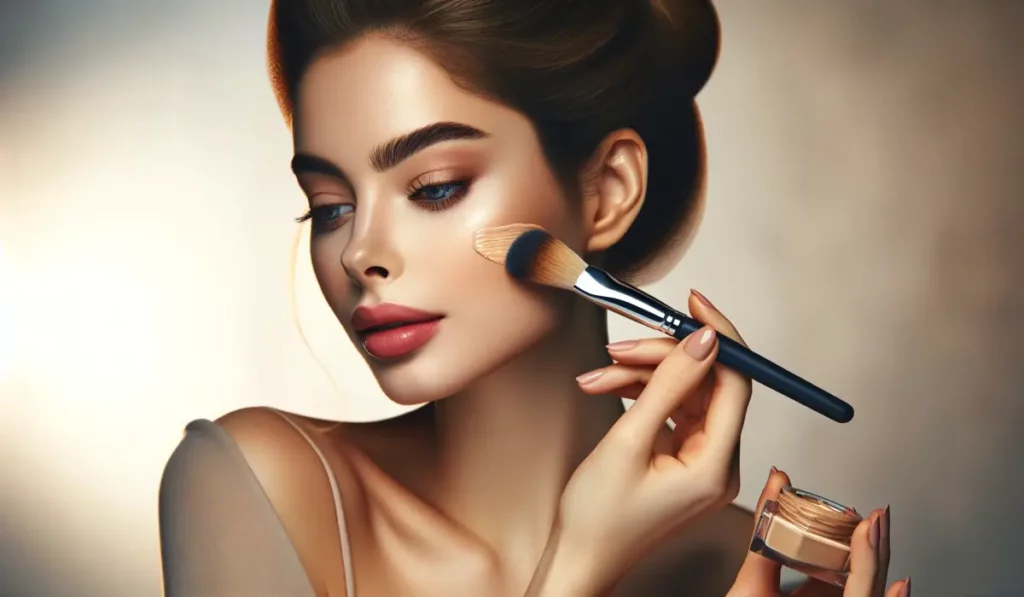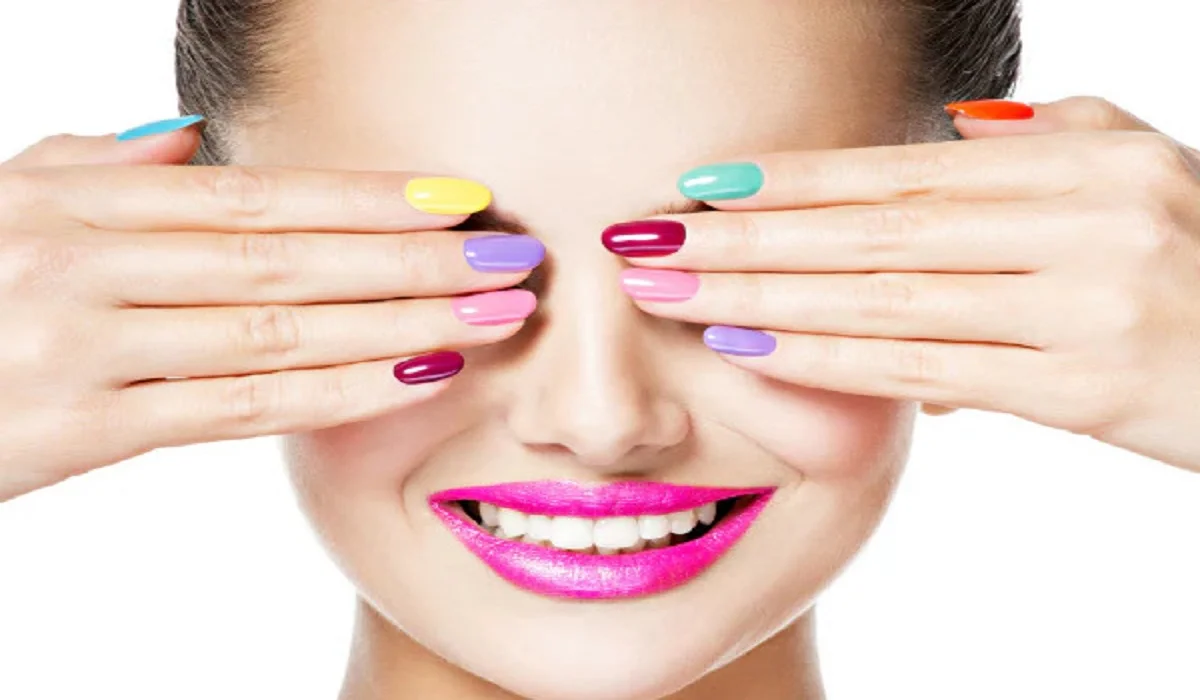When it comes to makeup, foundation acts as the canvas for your entire look. However, with the myriad options available, selecting the right foundation can be daunting. Among the various choices, moist and matte foundations stand out for their unique benefits and finishes. This comprehensive guide dives deep into the world of foundations, helping you decide whether moist foundation or matte foundation is the ideal choice for your skin type and aesthetic preferences.

Understanding Foundation Types
What is Moist Foundation?
Moist foundation, often referred to as hydrating or dewy foundation, is designed to offer a luminous finish. Infused with hydrating ingredients, it aims to provide a healthy glow, making it an excellent option for those with dry or dull skin.
What is Matte Foundation?
Matte foundation offers a flat, non-shiny finish that controls oil and minimizes the appearance of pores. It’s favored by individuals with oily skin or those looking for long-lasting coverage without a glossy look.
Key Differences Between Moist and Matte Foundations
- Texture and Finish: Moist foundations have a creamy, lightweight texture that imparts a radiant glow, while matte foundations offer a thicker consistency that leads to a shine-free, velvety finish.
- Suitable Skin Types: Moist foundations are ideal for dry to normal skin types, whereas matte foundations are best suited for oily to combination skin.
Benefits of Moist Foundation
- Hydration and Radiance: Moist foundations keep the skin hydrated throughout the day, offering a natural, dewy radiance.
- Ideal for Dry Skin: Their hydrating properties make them perfect for those with dry skin, helping to reduce the appearance of flakiness and fine lines.
Benefits of Matte Foundation
- Oil Control and Longevity: Matte foundations are excellent for managing oiliness, providing a long-lasting, shine-free look.
- Best for Oily Skin: They help to minimize the look of pores and prevent the midday shine common with oily skin types.
How to Choose the Right Foundation for Your Skin Type
- Assessing Your Skin Type: Understanding whether your skin is oily, dry, combination, or sensitive is crucial in selecting the right foundation.
- The Importance of Patch Testing: Always test a foundation on your skin before purchasing to ensure it matches your skin tone and reacts well with your skin type.
Application Tips for Moist Foundation
- Preparing Your Skin: Start with a well-moisturized face to ensure a smooth application.
- Application Techniques: Use a damp beauty sponge or a foundation brush for a seamless, glowing finish.
Application Tips for Matte Foundation
- Priming for Matte Finish: Apply a mattifying primer to enhance the foundation’s oil-control properties.
- Techniques for Full Coverage: Use a flat kabuki brush to achieve an even, full coverage that lasts all day.
Combining Moist and Matte Foundations
- Customizing Your Foundation Mix: Mixing moist and matte foundations can create a tailored finish that meets specific skin needs.
- Situational Use Cases: Adjust the ratio based on the season or your skin’s current condition for optimal results.
Popular Moist Foundation Brands
Discover brands that offer top-rated moist foundations, praised for their hydrating formulas and natural finish.
Popular Matte Foundation Brands
Explore the favorites among matte foundation brands, known for their oil-control capabilities and flawless coverage.
Expert Tips for Foundation Application
- Achieving a Flawless Finish: Learn techniques from makeup professionals to perfect your foundation application.
- Avoiding Common Mistakes: Tips on how to avoid cakey foundation, mismatched shades, and makeup lines.

How to Transition Between Foundation Types
- Seasonal Changes: Adjust your foundation choice with the changing seasons to match your skin’s needs.
- Adapting to Skin Condition Changes: How to switch foundations as your skin evolves due to age, climate, or lifestyle.
The Role of Foundation in Makeup Routine
- Base for Other Products: Understand how foundation sets the stage for applying other makeup products seamlessly.
- Enhancing Your Natural Beauty: Tips on using foundation to highlight your features while maintaining a natural look.
Caring for Your Skin with Foundation
- Removal and Skin Care: Importance of thoroughly removing foundation to maintain skin health.
- Maintaining Healthy Skin Underneath: Strategies for keeping your skin healthy and radiant, with or without makeup.
Future Trends in Foundation
- Innovations in Formulas: Anticipate the next big things in foundation technology and ingredients.
- Predictions for New Types: Insights into the evolving preferences and needs that could shape future foundation products.
Moist Foundation or Matte Foundation?
Deciding between moist and matte foundation ultimately depends on your skin type, desired finish, and personal preference. Understanding the nuances of each can empower you to make the best choice for your makeup routine, ensuring that your foundation enhances rather than detracts from your natural beauty.
Whether you opt for a moist foundation to achieve a dewy glow or a matte foundation for a shine-free finish, the key is to choose a product that complements your skin type and meets your beauty goals. By considering the factors outlined in this guide, you can select a foundation that not only looks great but also feels comfortable and enhances your overall makeup look. Remember, the right foundation is the cornerstone of any successful makeup routine, setting the stage for a flawless, confidence-boosting appearance.
FAQs
What is the best foundation for oily skin?
Can you mix moist and matte foundations?
How do I know if a foundation is right for my skin type?
Is it necessary to use a primer with foundation?
How can I make my foundation last longer throughout the day?
What should I do if my foundation causes breakouts?








